
Black patches on face: Causes, treatment and Prevention
Having black patches on the face is an issue most people do not want to face. These dark patches often appear without warning and can occur for various reasons. The good news is that, in most cases, black patches on the face are treatable.
With the right skincare routine and treatments, these dark spots can be lightened and removed. Understanding what causes these patches in the first place is key to preventing and treating them. This article will help you explore the causes, treatment and prevention of facial black patches.
What are black patches on the face?
Black patches on the face, also known as melasma or chloasma, are darkened skin patches that often appear on the cheeks, nose, forehead, and upper lip. They develop when extra melanin, the pigment that gives skin its colour, is produced.
Black patches are caused by sun exposure, hormonal changes during pregnancy, birth control pills, genetics, skin damage, and inflammation. They range in size and colour from light brown to dark brown or greyish.
While harmless, some people seek treatment through creams, chemical peels or laser therapy to lighten their skin. Overall, skin care experts suggest that the condition of black patches is manageable.
What causes black blotches on the face?
Here are the top factors that can cause black patches to appear on your face:
1. Sun exposure
Excess sun exposure is one of the most common causes of black blotches on face. The sun's UV radiation can trigger increased production of melanin in certain areas of the skin, which can lead to hyperpigmentation and dark spots. These spots typically form on areas of the face that get the most sun exposure, like the cheeks, nose, forehead, and upper lip.
Also read: Dark Sun Spots on Your Face? How to Get Rid of Them
2. Hormonal changes
Hormonal fluctuations during pregnancy, birth control use can also cause black patches on the skin. Hormone secretions in these scenarios can stimulate melanin production, which can cause pigmentation in localised areas. These dark facial spots are called melasma or chloasma and are usually seen on the upper cheeks, nose, upper lip and forehead.
3. Skin injuries/inflammation
Injuries to the skin, including cuts, burns, acne breakouts or anything that causes inflammation, can leave behind black marks after healing. Post-inflammation hyperpigmentation occurs because of increased melanin deposits at the site of skin damage. Acne can make these dark spots worse.
4. Medical conditions
Certain medical conditions like diabetes and autoimmune disorders can trigger excess facial pigmentation. Insulin resistance, Addison’s disease, and thyroid disorders can influence melanin production, which leads to black patches on the face.
5. Medications
Using certain oral medications like chemotherapy or antimalarial medicines can cause facial hyperpigmentation as a side effect. These medications can affect melanin production, leading to black spot formation. This type of pigmentation may fade over time after one stops these medications.
Black patches on face treatment
Seeing a dermatologist can be the best way to eliminate black patches on facial skin. After examining your medical history and skin, they can recommend customised black patches on face treatment options suited to your specific condition. Here are some of the most effective ways to lighten and remove black facial patches:
1. Topical creams
Facial creams containing hydroquinone, kojic acid, vitamin C, and retinoids help inhibit melanin production. With regular use over a few weeks, these creams can help lighten black patches on the skin. However, these creams need to be used exactly as prescribed to avoid complications.
2. Chemical peels
Chemical peels containing glycolic acid or trichloroacetic acid work by exfoliating the top layers of darkened skin. Over time, chemical peels can make black facial spots look visibly lighter. Importantly, these peels are less invasive and require little downtime.
3. Microdermabrasion
This minimally invasive procedure involves spraying microcrystals onto the skin, which removes the outer pigmented layers. It promotes new collagen growth for a more even skin tone. This method can need multiple sessions every 2-4 weeks for significant improvement.
4. Laser treatments
Laser therapy uses concentrated beams of light to break up excess melanin deposits. This can make dark facial spots fade gradually throughout treatment. Lasers work well for black patches caused by sun exposure. Proper skin preparation is vital to prevent adverse effects.
5. Cryotherapy
This technique uses liquid nitrogen to freeze and destroy pigmented skin cells by forming blisters. As these blisters heal, new skin forms, which is usually free of discolouration. Cryotherapy works best for isolated black patches. Repeated sessions may be required.
How to prevent dark black patches on the face
In addition to these treatments, preventive measures can stop new black patches from appearing. Here are some handy tips one can consider:
- Wear broad-spectrum sunscreen daily. When outdoors, try reapplying every 2 hours. For advanced protection from UVA and UVB rays, try the Mineral Matte Tinted Sunscreen The Pink Foundry offers.
- Wear protective clothing like hats and tightly woven fabrics when going out in the sun to keep dark patches on face at bay.
- Use skin-lightening products with melanin inhibitors like vitamin C, niacinamide and soy regularly.
- Avoid picking the acne, as it can cause post-inflammatory hyperpigmentation.
- Try getting skin growths or injured areas checked by a doctor to rule out melanoma.
- Manage medical conditions like thyroid disorders that can influence skin pigmentation.
- Eat plenty of antioxidants and vitamin C-rich fruits and vegetables.
- Try to quit smoking, as toxins in cigarettes promote uneven skin pigmentation.
Being diligent about sun protection is vital, especially if you already have black patches. You can try using the Dewy Hydrating Hybrid Sunscreen SPF 50+ with new-generation filters to protect against UVA and UVB rays.
Also read: Understanding Pigmentation Treatment: A Comprehensive Guide
Conclusion
With consistent skin care, one can successfully treat dark black patches on face. Getting to the root of the occurrence of these patches can help one prevent their recurrence. Following a targeted skin care plan can be beneficial to fade black patches and regain an even and radiant skin tone.





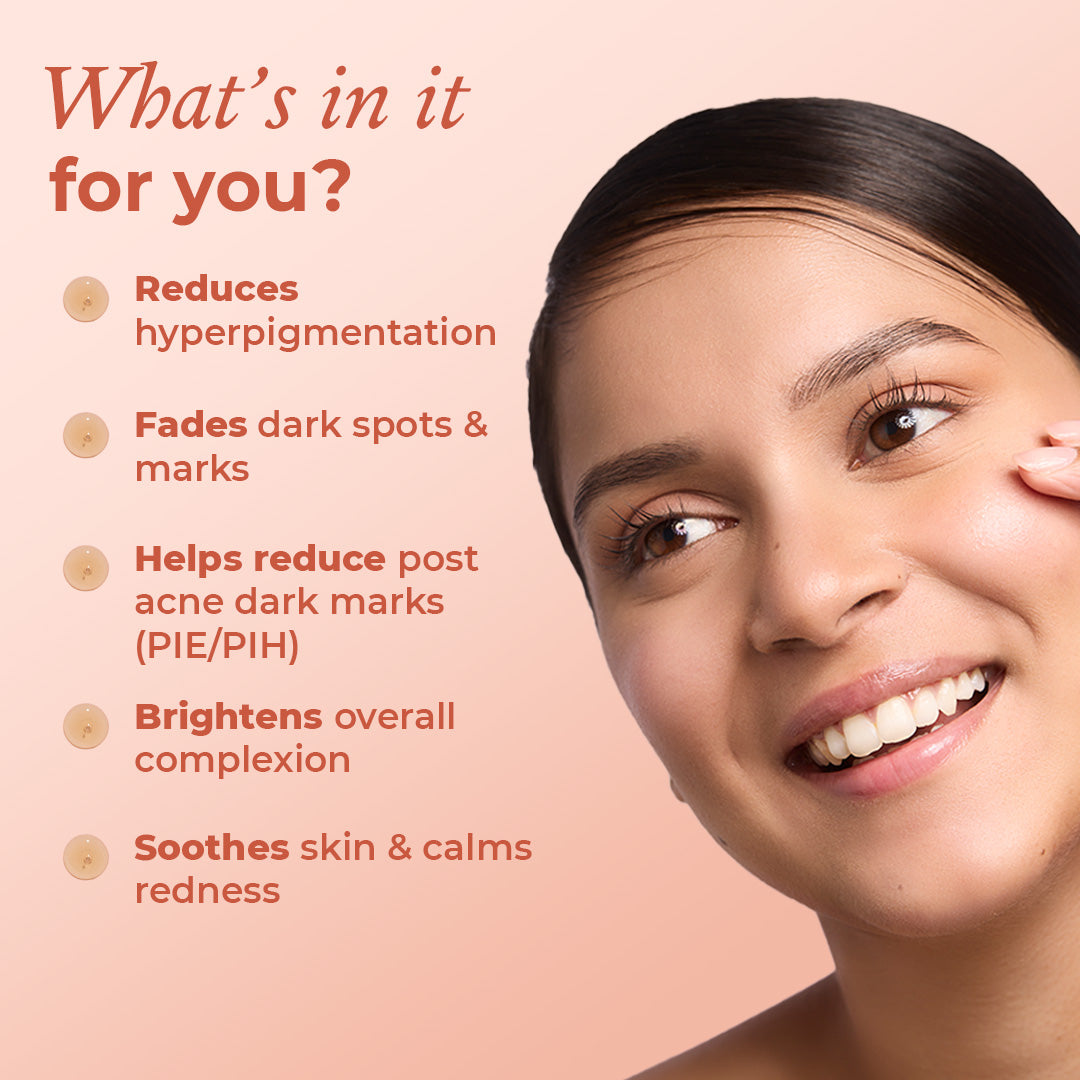

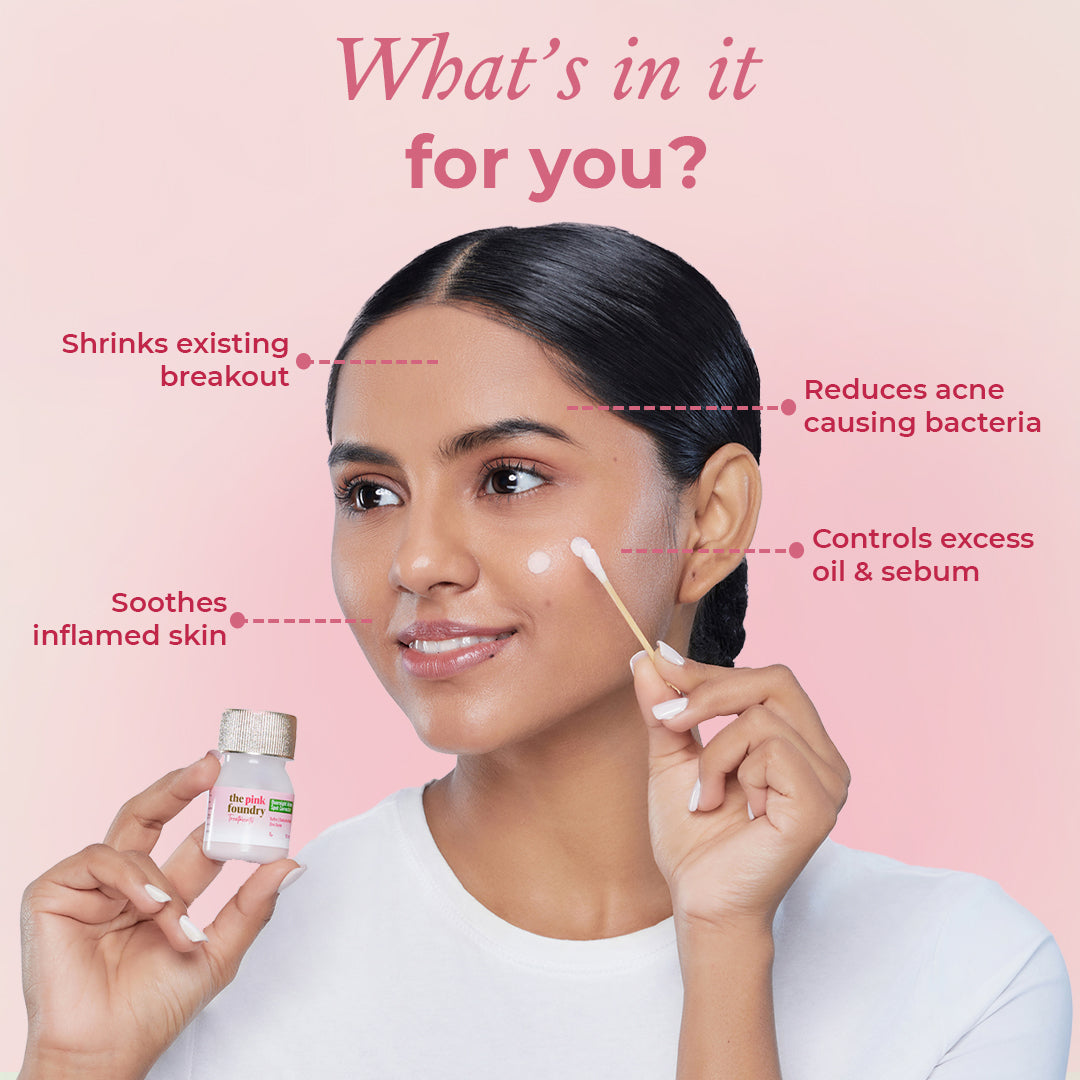

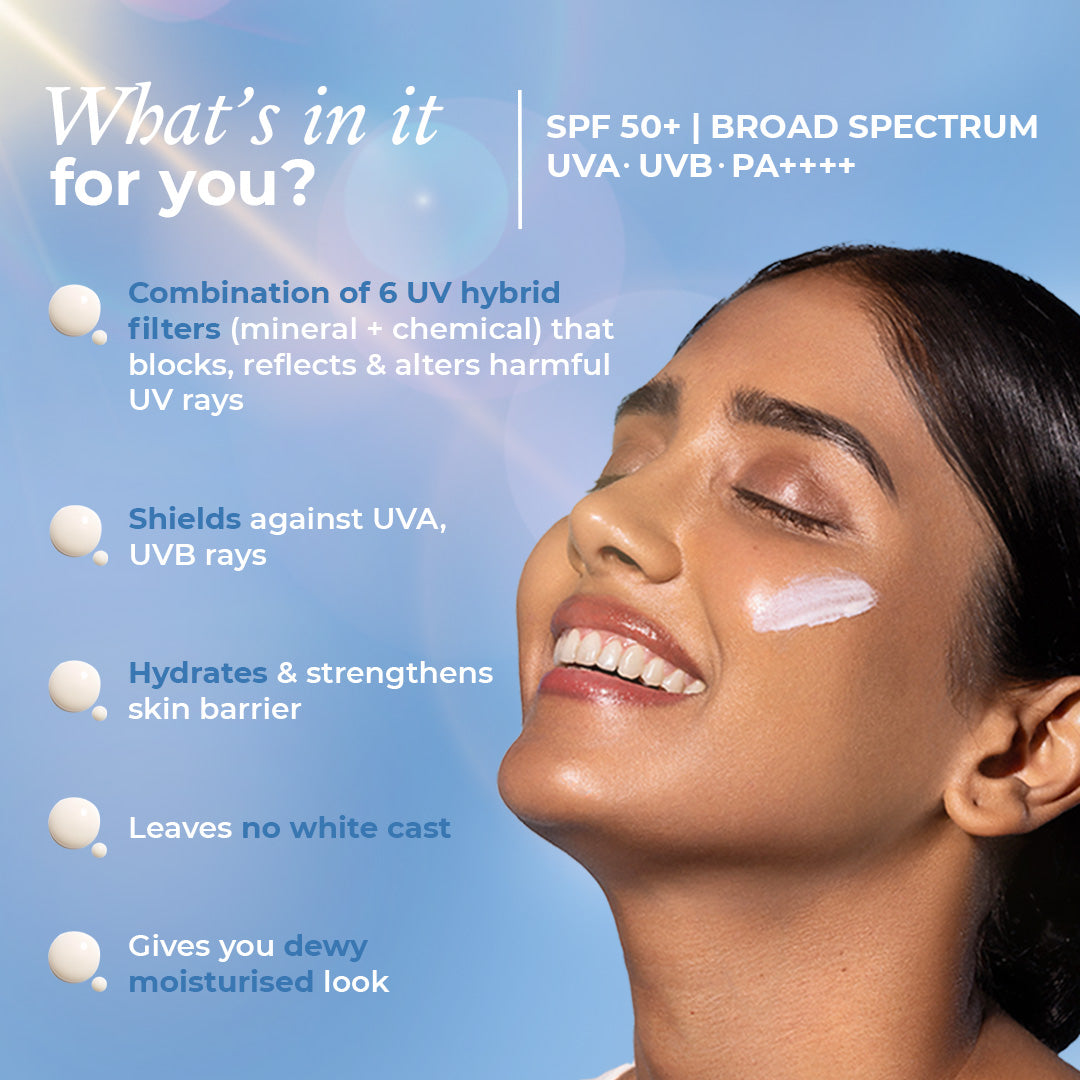
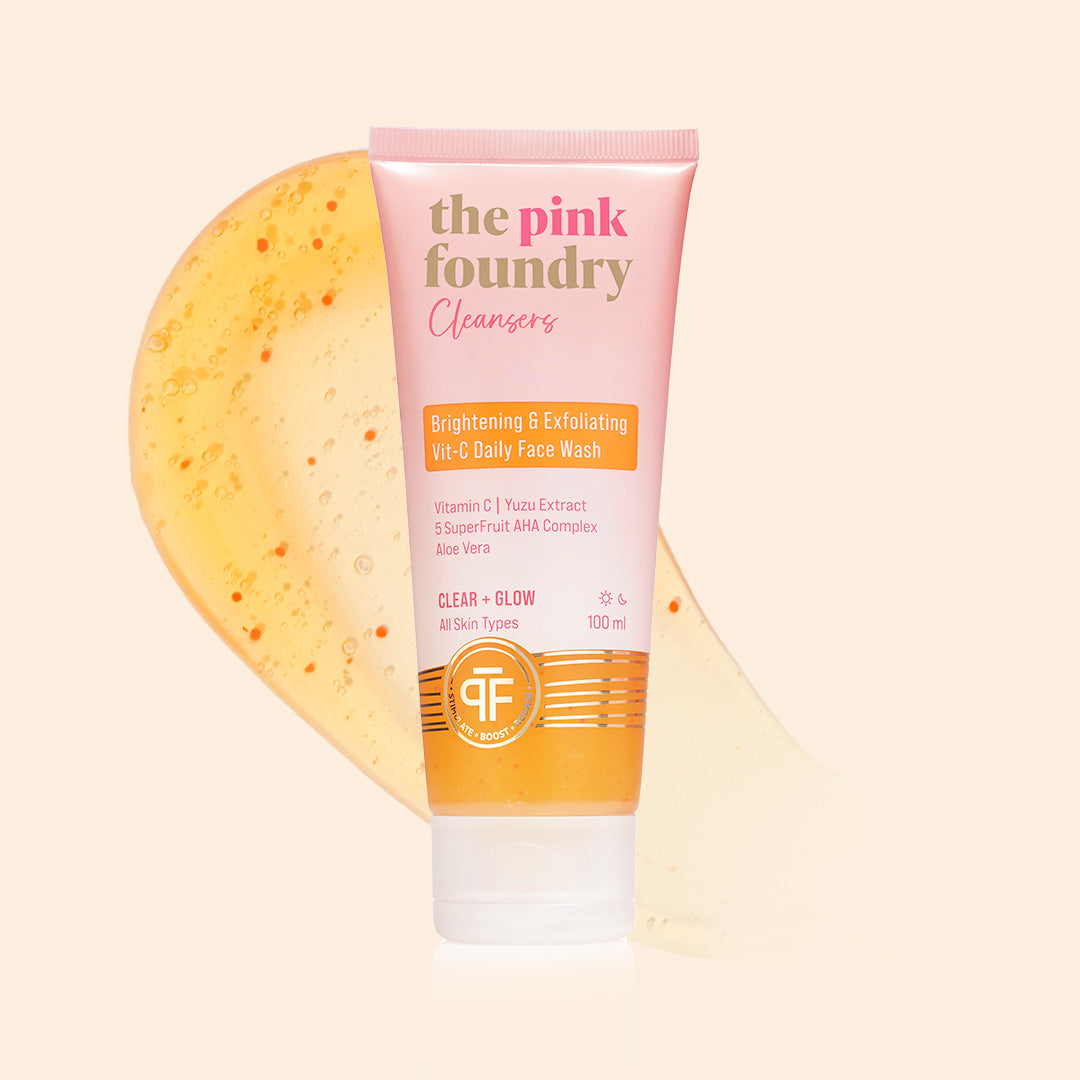
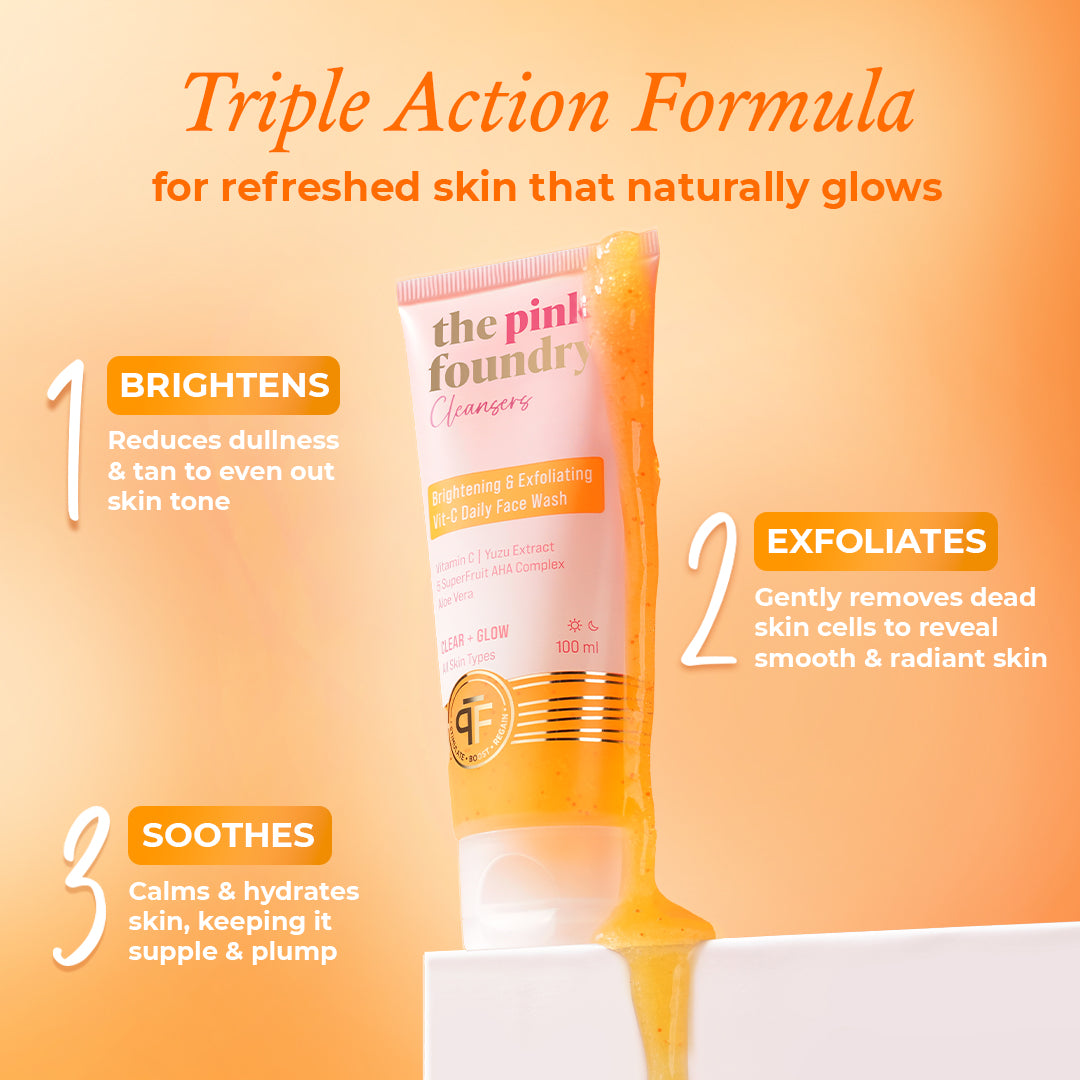
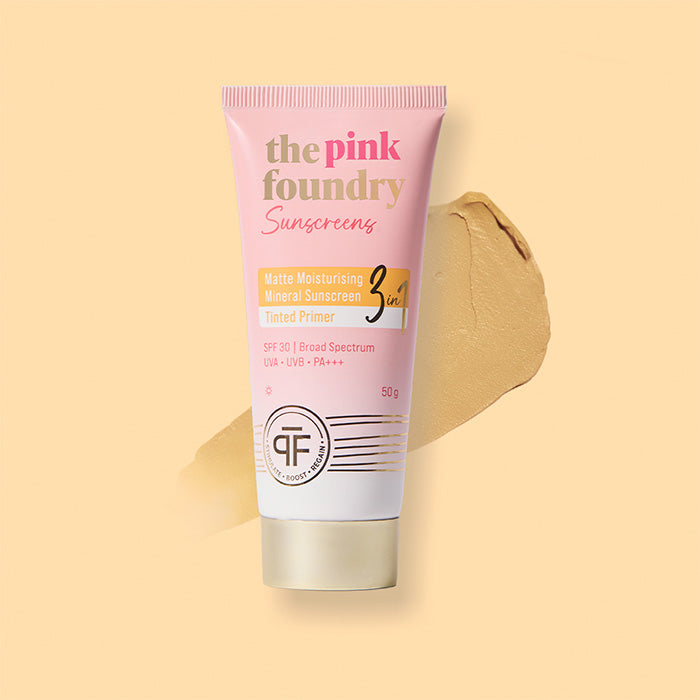
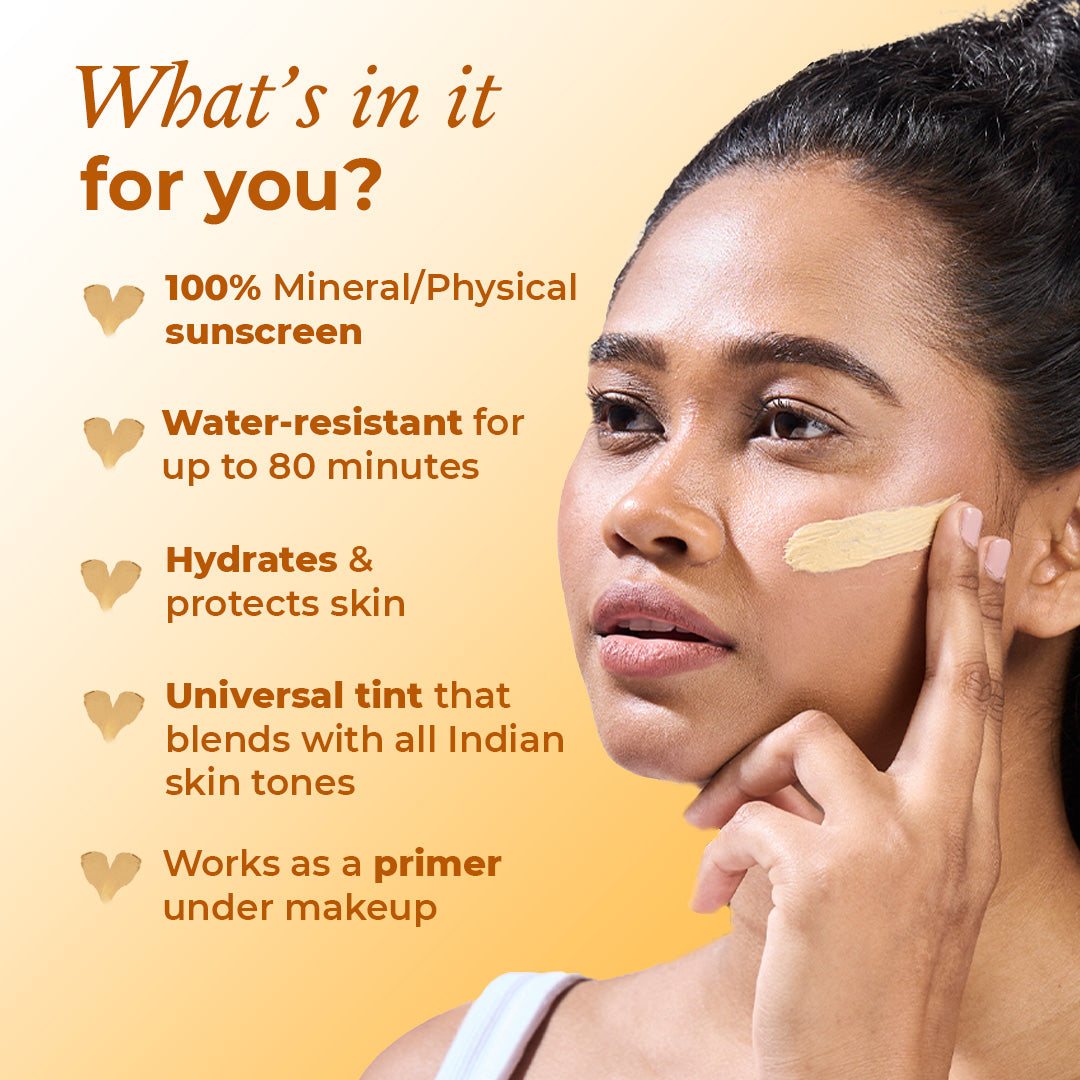
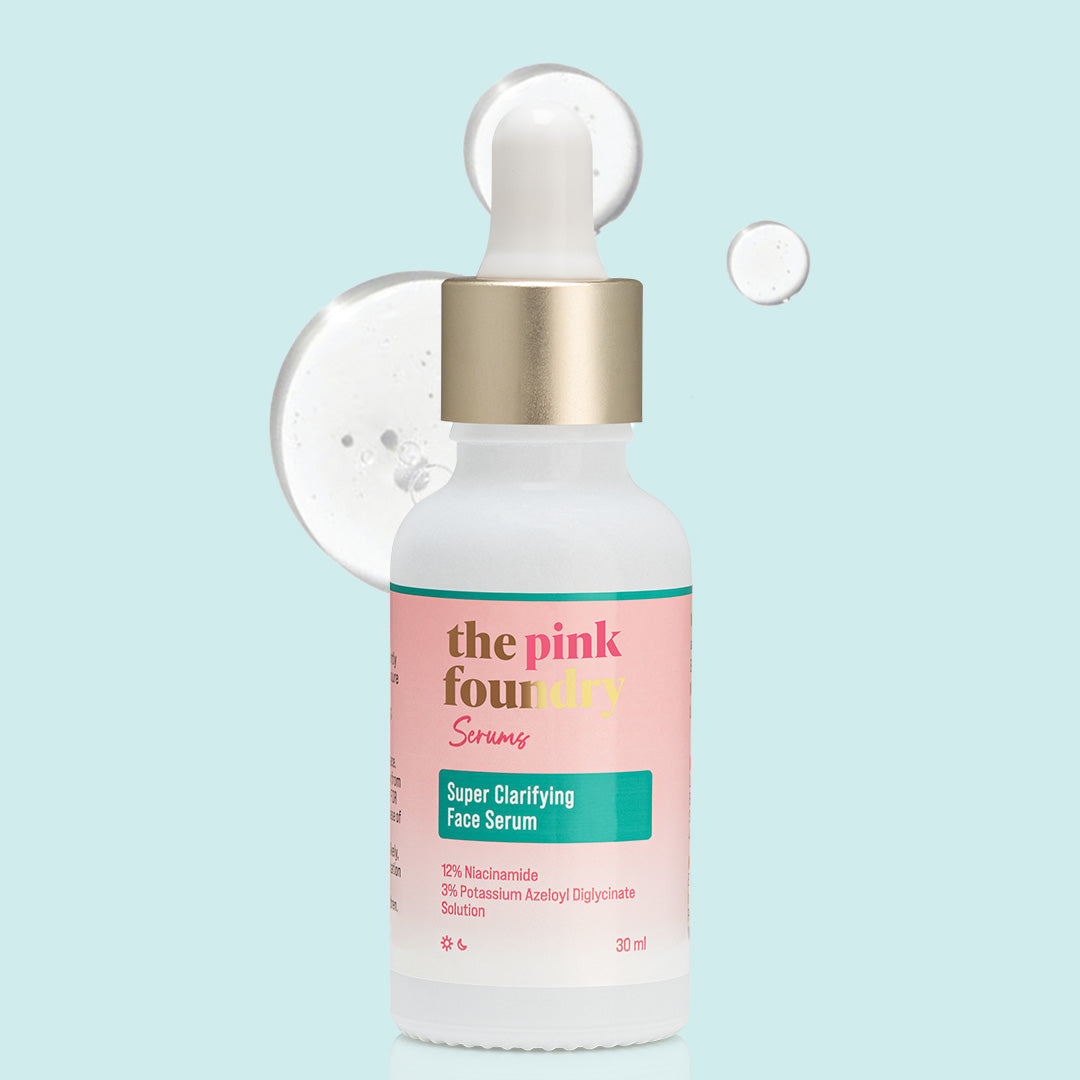
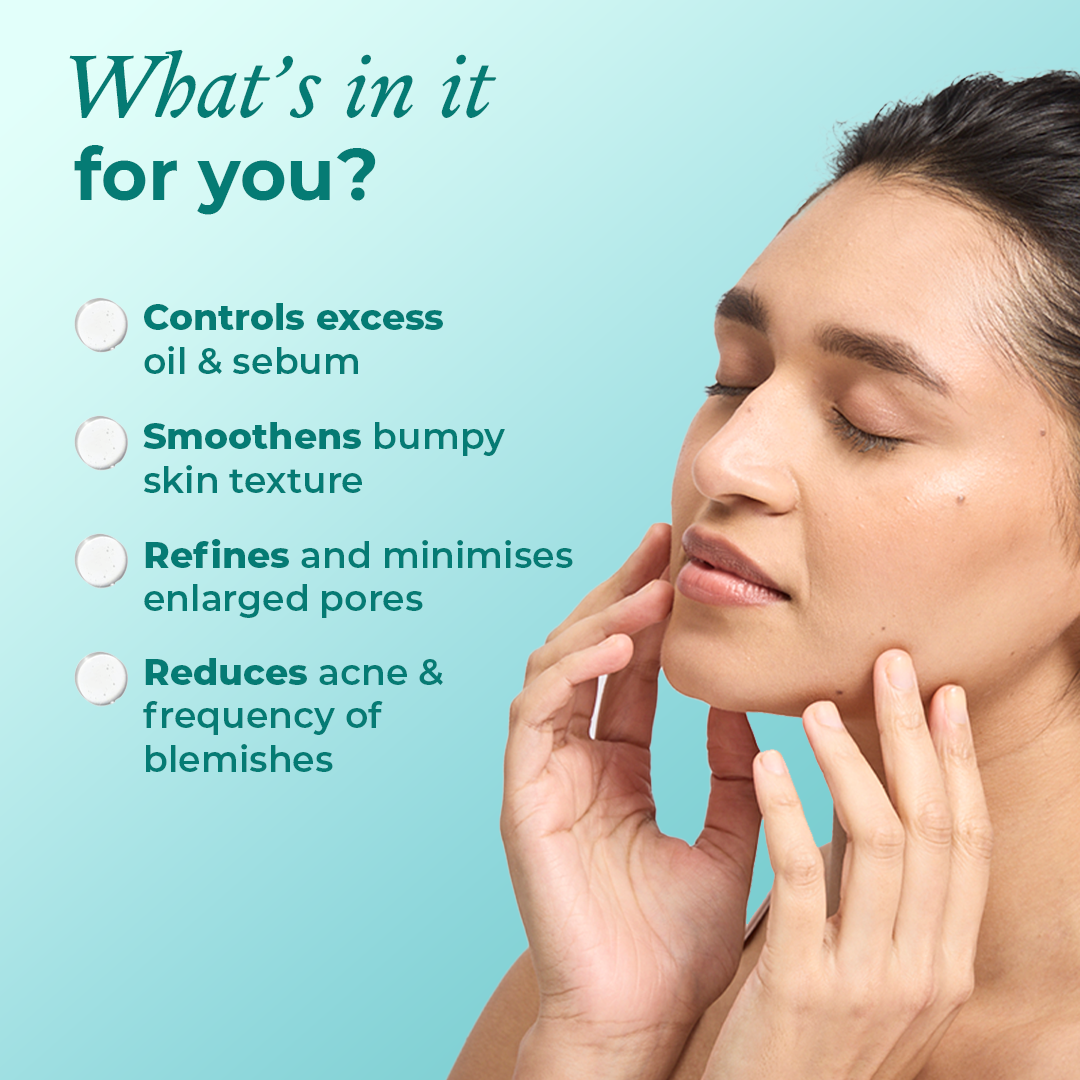

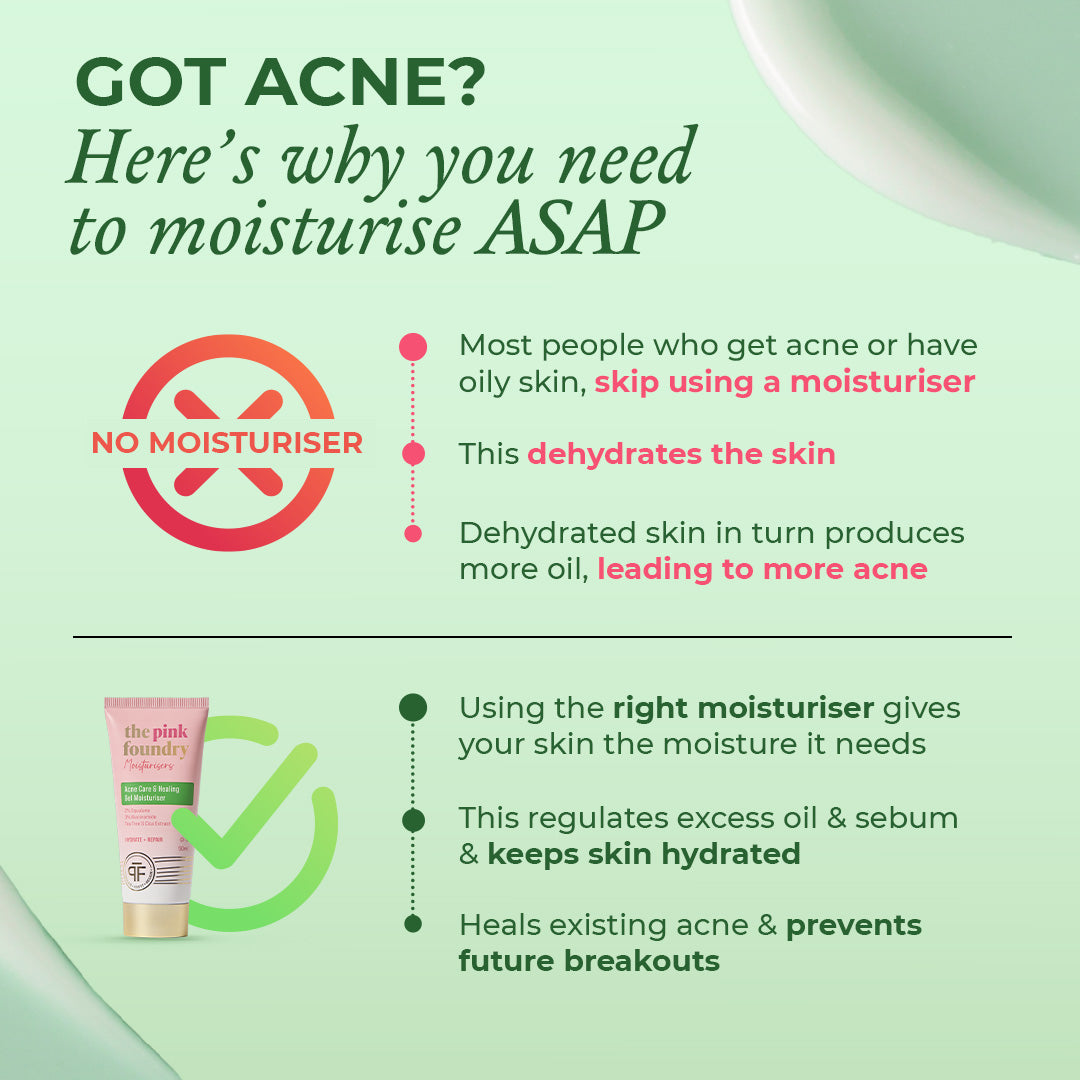

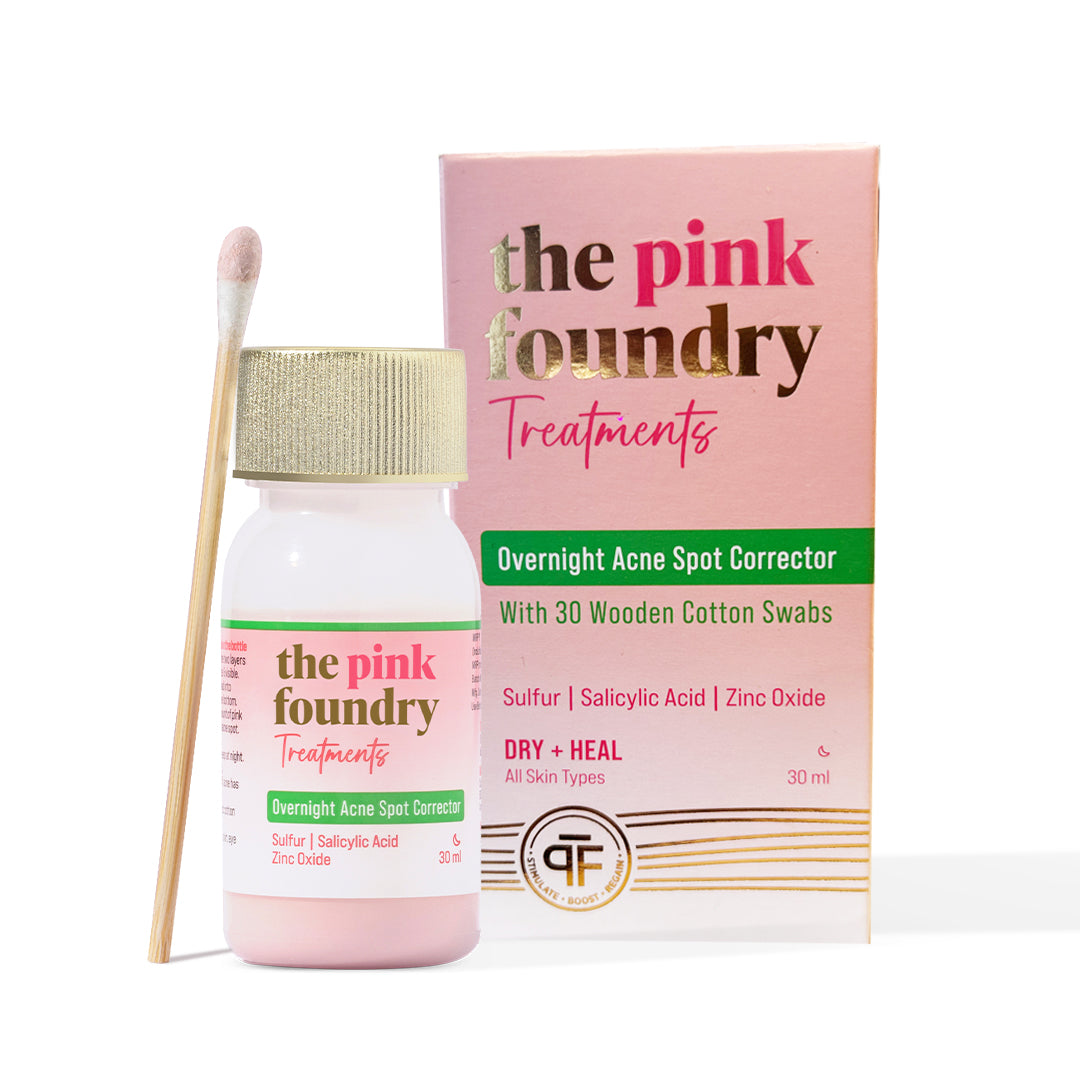
Leave a comment
This site is protected by hCaptcha and the hCaptcha Privacy Policy and Terms of Service apply.